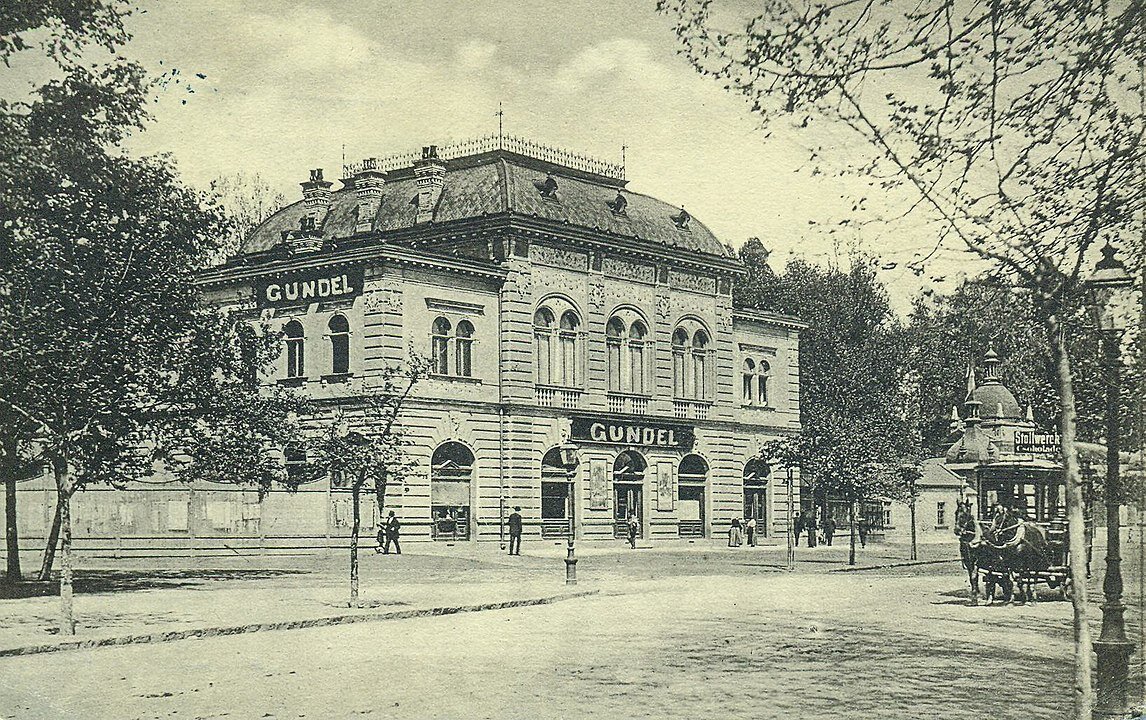Haute Cuisine's Happy Return: Two More Michelin Stars for Budapest
zita kisgergely
via the Salt Facebook page
Before the lockdown, Budapest was on a roll when it came to Michelin-starred restaurants. No other former Soviet Bloc country had achieved five stars in total, with four eateries getting a star each. A sixth restaurant actually received a star as well, but closed not long after. But with the re-opening of the city, with seemingly little time to dust off silverware, and some diners still opting to stay away from eating out, the city has heroically bounced back, earning two more stars, bringing the total up to seven.
via the Salt Facebook page
The restaurants awarded new stars this year are Salt and Essencia. They join Babel, Borkonyha (Winekitchen), Costes, Costes Downtown, and Stand, all of which previously won stars. Salt’s concept is both rustic and progressive, as described on their web site: “Salt Budapest was created on the foundations of the traditional Hungarian cuisine, where Chef Szilárd Tóth’s kitchen herbs and wild plants play an important role. Majority of these is collected by the chef himself in the countryside, the rest is produced by farmers. Everything in the dishes is freshly pickled and fermented.”
According to the Michelin site: “This sophisticated restaurant sits within a boutique hotel and the open kitchen forms an integral part of the stylishly lit room. Chef-owner Szilárd Tóth serves intricate, exquisitely constructed dishes, many of which are updated versions of classic Hungarian recipes.”
That’s some rich, delicious praise.
via the Salt Facebook page
For its part, Essencia is no less concept based, fusing Portuguese and Hungarian to reflect the nationalities of the chefs. According to the Michelin site: “Essência is run by Tiago & Éva. Chef Tiago is Portuguese, while his wife Éva is Hungarian, and the menus at this stylish and warmly run restaurant are a joyful celebration of both their nationalities. Dishes are assured and balanced, service is attentive – and if you sit in the front section, you can watch the chefs in action in the open kitchen.”
via the Essencia Facebook page
It’s worth noting that there were six new restaurants given Michelin Plate honors: Hoppa! Bistro, Felix, Stand25 Bisztro, Spago by Wolfgang Puck, Rumour, and Pasztell. Many of these are new restaurants, and all contenders for future stars.
According to Gwendal Poullennec, International Director of the Michelin Guides: “Both these restaurants are wonderful examples of Budapest’s dynamic restaurant scene. They not only offer fantastic food and are doing something a little different, but they also do so while paying respect to Hungary’s culinary traditions”. This is huge and encouraging news in a sector that was badly hit by closures. But stars are by design, meant to shine.
via the Essencia Facebook page
Flatpack Films has many years of experience dedicated to offering expert servicing. It has brought the best of Hungary to countless brands, agencies, and production companies through its unique locations, exceptionally skilled crews, top of the line equipment and technical solutions. Backed by an impeccable track record, Flatpack Films has worked with world-class clients including Samsung, Samsonite, Toyota, Braun, Chivas Regal and many more - bringing their projects to life through a highly bespoke approach.
































